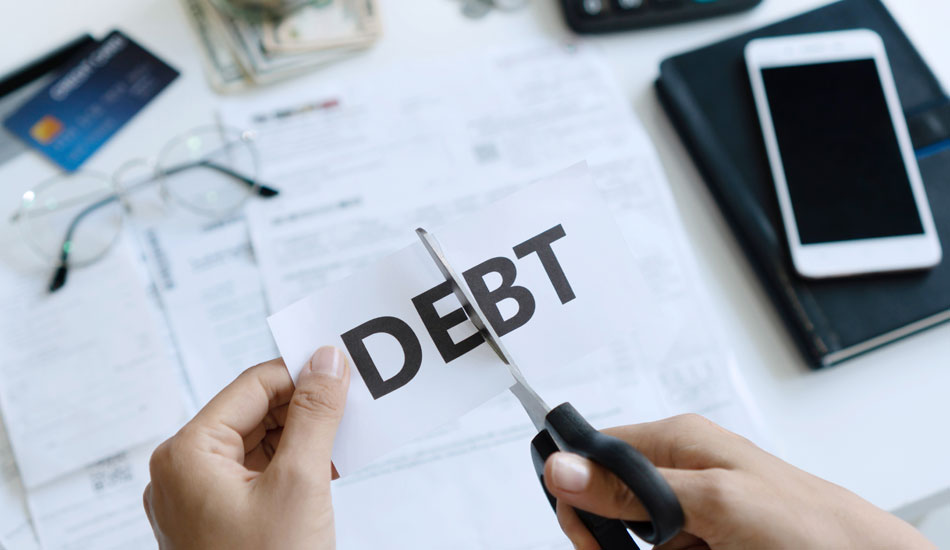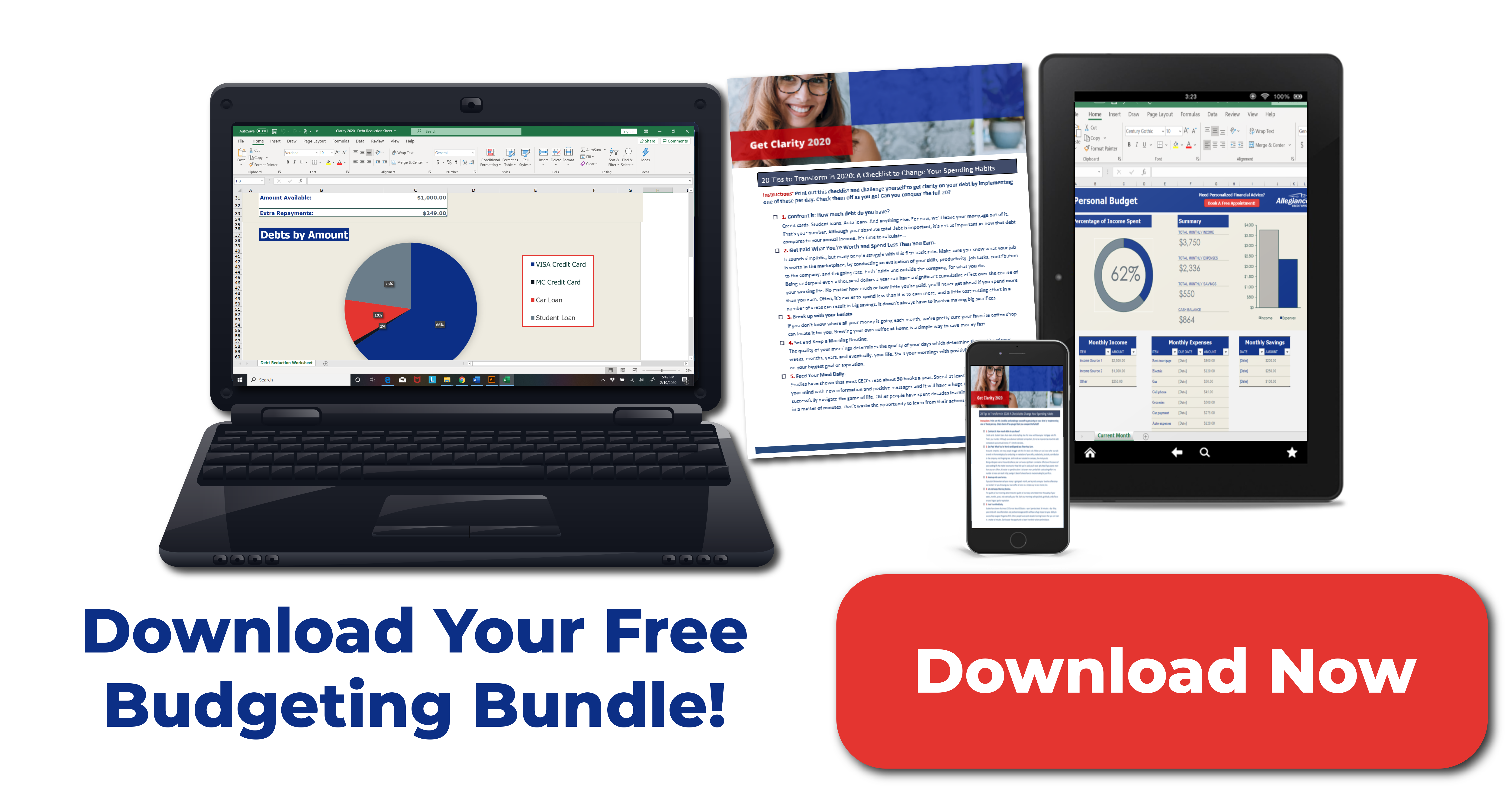If you have debt, you’re not alone. The majority of Americans owe money in some way, shape or form.
According to the Federal Reserve, at the end of 2019, the average U.S. household carried $7,104 in credit card debt.
What this debt represents can vary drastically from person to person. To some, a debt might signify a major accomplishment or progress toward a large goal. To others, it might be a constant reminder of a time of crisis or hardship.
Regardless of your situation, there are some universal truths when it comes to debt: it’s stressful, it’s expensive and it limits the amount of money you can put toward your life goals.
As a result, debt repayment should be a top priority.
There are three key steps to building a debt repayment plan:
1. Get organized
Ready to design a debt repayment plan?
Start by listing all of your debts, including credit cards, student loans, auto loans, medical bills, mortgage and personal loans.
Then for each debt, write down:
- The balance
- The interest rate
- The minimum payment.
2. Choose a strategy
The strategy you choose will affect the order in which you pay off your debts.
Here’s an overview of three key debt repayment strategies:
The Snowball method
How it works: You arrange and pay off debts from smallest balance to largest balance.
Who it’s for: This strategy is ideal for beginners or for those who rely on visible progress in order to feel motivated.
Why it’s great: Small debts are quickly crossed off your list, which can give you a confidence boost that helps you stick to your repayment plan.
The Avalanche method
How it works: You arrange and pay off debts from highest interest rate to lowest interest rate.
Who it’s for: Ideal for those who truly believe that slow and steady wins the race – this strategy requires discipline and determination.
Why it’s great: This strategy eliminates your most expensive debt first, making it the most mathematically powerful debt repayment option.
Find Clarity in Your Finances with Your Own Budgeting Bundle: Download Now
Consolidation
How it works: You take out a new loan and use the borrowed money to pay off all your other debts.
Who it’s for: Those who are having trouble keeping track of all their various debts and repeatedly missing payment due dates as a result.
Why it’s great: You only have one loan – and one interest rate – to keep track of; factor in any additional fees before choosing this option.
Click here to read our "Truth About Debt Consolidation" blog article.
3. Make a plan
After choosing a strategy, solidify the steps of your monthly repayment plan:
- Add them up: Add up all your minimum payments – you must have this total in your monthly budget in order to avoid additional fees.
- Set a payment: Define an additional amount of money to put toward loan repayment every month – be generous and realistic.
- Start at the top: The debt at the top of your list (which will vary, based on your chosen strategy) will receive its minimum balance plus the additional funds you determined in the previous step.
- Make the minimums: The rest of the debts on your list will receive their minimum payments.
- Increase your payment: When you pay off a debt, add its minimum payment to the repayment amount you previously determined.
- Look for little extras: Challenge yourself to reduce your spending in one budget category each month. Put the savings toward your debt repayment fund. Switch the category every month to save some extra bucks without feeling deprived.
As you sequentially pay off your debts, you’ll have more money to apply to the next debt on the list.
Download Debt Repayment Guidebook
Download a convenient, one-page summary.
Need Help?
Free financial coaches are available for Allegiance CU members. Learn more.



